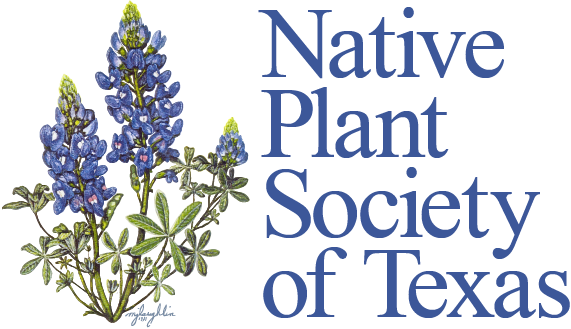**ARCHIVED POST **
Good photography can change hearts and minds. Join professional photographer Sean Fitzgerald for a presentation on how to photograph prairies for maximum impact, with a particular focus on often overlooked Texas prairie ecosystems. Learn valuable tips to take better photos using a variety of techniques to help you tell the stories you want to tell.
About the Speaker
Sean is a Texas-based nature, conservation and travel photographer working primarily in editorial and commercial assignments, stock, and commercial fine art. He also leads photo workshops for Ted Turner Reserves. He is a past president of the North American Nature Photography Association, a member of NANPA and ASMP, and currently helps lead photographer advocacy efforts on copyright reform and public land access. For more information, go to www.seanfitzgerald.com.
Meetings are open to members and non-members. If you would like to become a member, you may join online. For more information about the Native Plant Society of Texas and the benefits of membership please visit: www.npsot.org.
Hosted by Environmental Institute of Houston, University of Houston-Clear Lake
**ARCHIVED POST**
**ARCHIVED POST LINKS & PICTURES MAY NOT WORK**
**ARCHIVED POST AUTHOR: debbiebush

